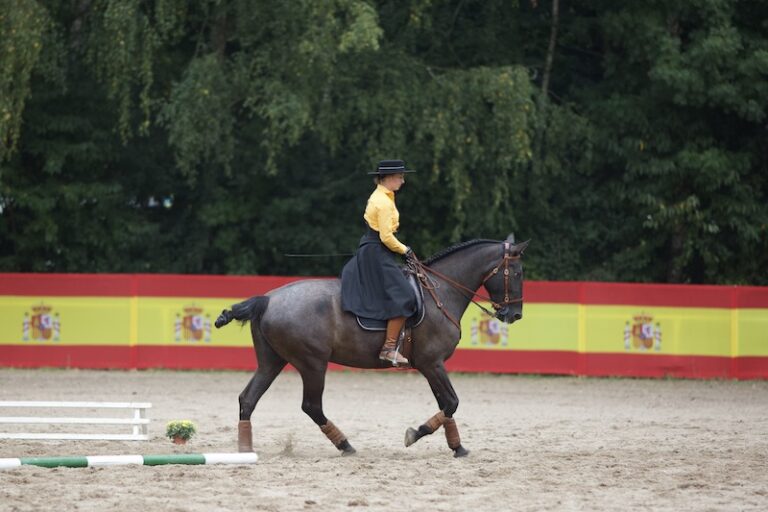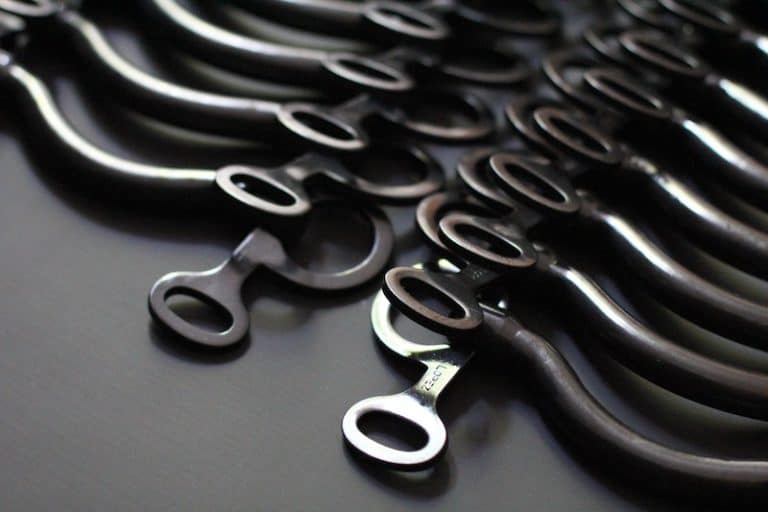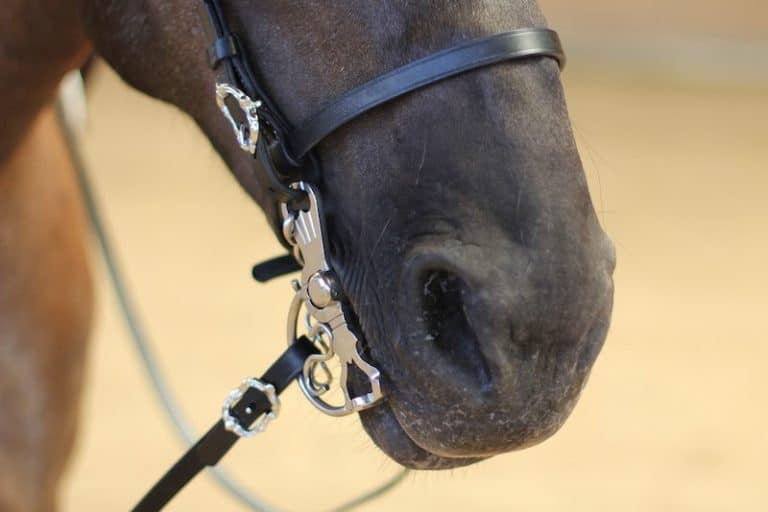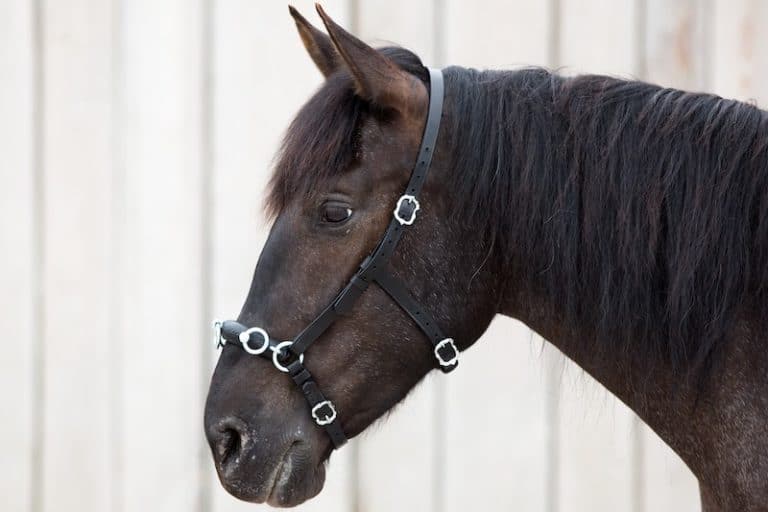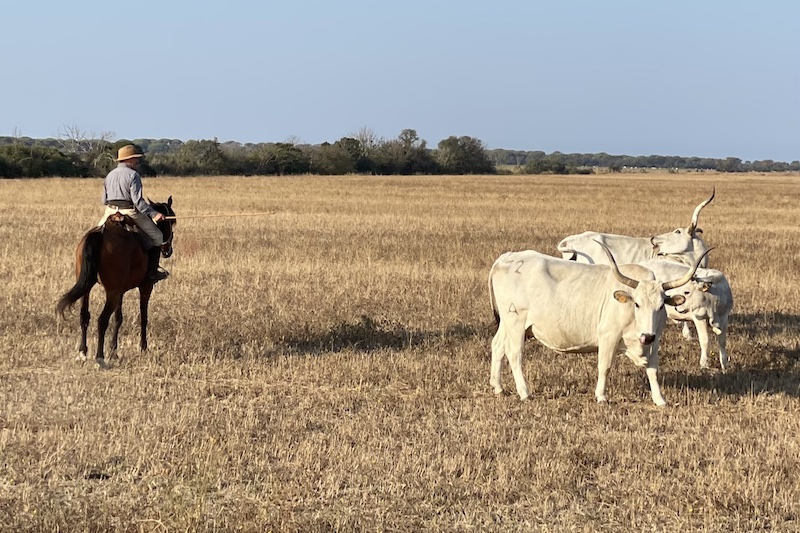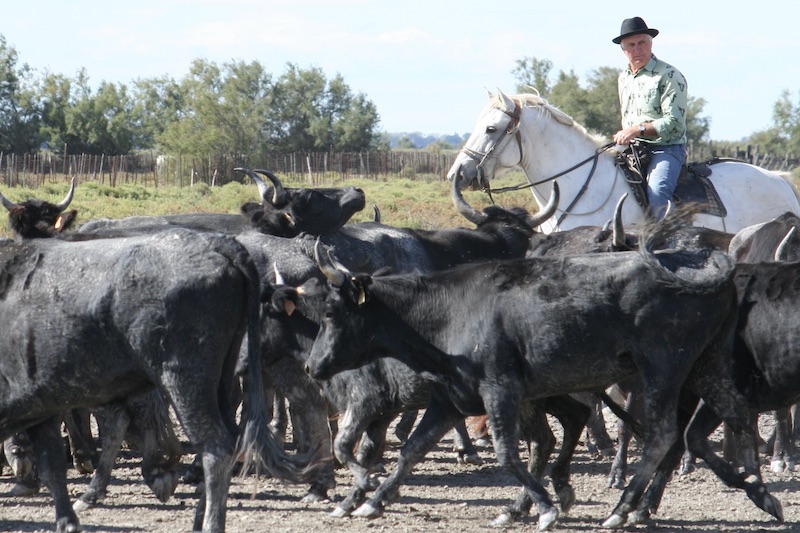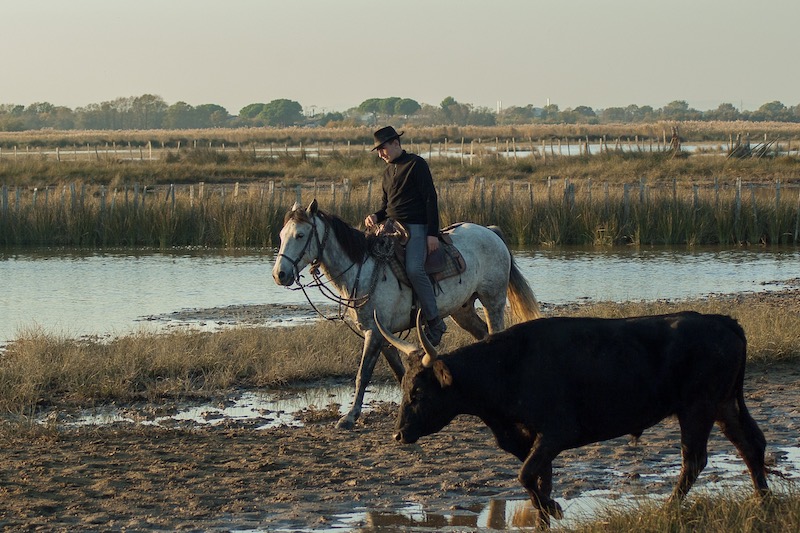Find out more about the newsletter and the voucher conditions here. By registering, you agree to our privacy policy.
The working riding style of the Csikós in Hungary
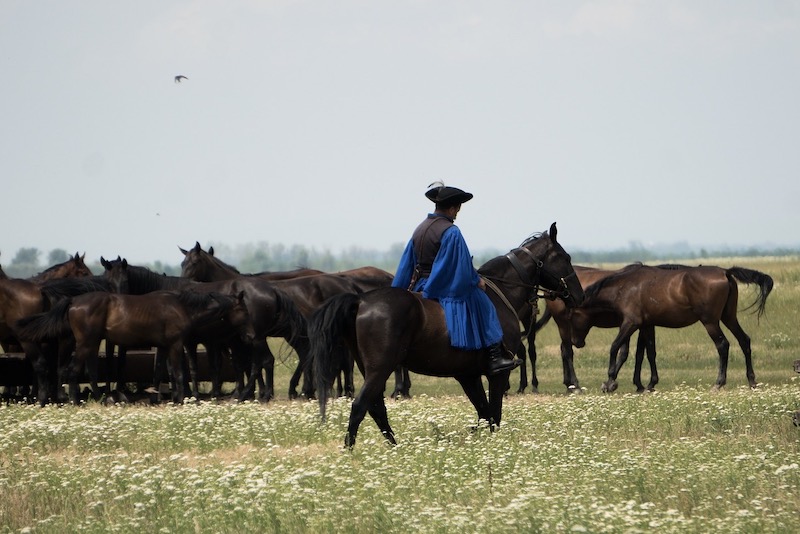
The vast plains of the Hungarian Puszta are not only known for their breathtaking scenery, but are also home to the Hungarian horse herders. In this blog article, we take you to the beautiful Puszta and introduce you to the Csikós and their working riding style. They occupy a special position among European herdsmen because, unlike most other nations, they herd horses on horseback rather than cattle.
- The history of the Csikós in Hungary
- The Nonius horses of the Csikós in Hortobágy
- The working riding style of the Csikós
- The equipment of the Hungarian horse herdsmen
The history of the Csikós in Hungary
In the 18th century, more and more horse and cattle breeders settled their stud farms in the Hungarian Puszta, a steppe landscape with few trees. Due to its vast area, the Puszta offered ideal grazing land for keeping large herds of cattle. Shepherds were employed to look after the large herds of cattle. The gulyás were responsible for the herds of cattle, while the csikós looked after the herds of horses. In contrast to the other European work riding styles, the mounted csikós were exclusively responsible for herding herds of horses. However, their task was not only to herd the herds, but the entire horse husbandry was left exclusively to the csikós. The csikós also looked after the foals and took care of their rearing. The csikós therefore had a very high social status. It was known that without him there would soon be no horses left in the Hungarian puszta. Unlike the work with the large herds of cattle, which could be quickly recaptured in the event of an incident, the work with the herds of horses was much more demanding. It required the csikós to have great skill, a cool head and complete trust in their own horses. As international trade gained momentum, the demand for Hungarian horses was very high. They were prized throughout Europe and the best breeds were sold abroad by Hungarian stud farms. So the Csikós carried not only a social burden, but also a financial one.
As horse breeding was increasingly revolutionized in the 20th century, the tradition of the Csikós gradually came to an end. The Hungarian horse herdsman was no longer needed to herd the large herds of horses. As the csikós were highly valued for their excellent skills in handling horses, they were used as trainers during the First World War. Their task was to prepare the horses for combat situations and, above all, to lower their panic threshold. After the war, the Csikós no longer had a task. The vocation of horse herders continued to die out.

Today, visitors to the Hortobágy National Park, which was founded in 1973 with the aim of preserving the former Puszta landscape, can marvel at the Csikós demonstrating their horsemanship. About 200 shepherd families live here as they used to. In addition to the shows, the csikós are still full-time herdsmen and breeders. The Hortobágy Riding Days in particular, which are internationally renowned, are always worth a visit for horse lovers. Here you can look back on half a century of Hungarian horse history. In addition to many demonstrations and shows, visitors can gain an insight into the past and present of shepherd culture in the Hortobágy region. You can learn more about the work and horse breeding of the famous Mátai Stud Farm, which is mainly dedicated to the preservation of the Nonius horse breed.
Click on the button below to load the content of bb434c12.sibforms.com.
Find out more about the newsletter and the voucher conditions here. By registering, you agree to our privacy policy.
✓ 10 € welcome voucher
✓ Exclusive discounts
✓ Updates on new products
✓ Tutorials + instructions
✓ Not too many emails 🙂
[mo-optin-form id="EBhcNsBFFZ"]
Find out more about the newsletter and the voucher conditions here. By registering, you agree to our privacy policy.
The Nonius horses of the Csikós in Hortobágy
The Nonius horse breed has been bred in the Puszta region of Hortobágy since 1885. The Nonius has a strong and large-framed build. This makes it an ideal carriage horse, but thanks to its versatility it can also be used as a riding horse. The character of the Nonius is calm and balanced, he is good-natured and very willing to learn. He is characterized above all by his reliability and robustness. He is also not easily rattled. The herds of breeding and young horses are usually between 50 and 100 animals in size. They live completely free in the open puszta of Hortobágy and are herded by the Csikós. The csikós know every protégé in their herd by name and know important details such as age, pedigree and character traits.
💡Did you know... The Nonius horse breed owes its name to its progenitor, the breeding stallion Nonius Senior. Nonius Senior was born in France in 1810 and was therefore not a true Hungarian. His exact parentage was not known, but it is known that he had a high proportion of English Cob . Nonius Senior was captured by the Hungarians during Napoleon's defeat in 1813 and found a new home in Hungary. Until his death in 1832, he was used as a stud stallion at the Hungarian state stud in Mezöhegyes.
The working riding style of the Csikós
Hungarian horse herders are known all over the world for their riding skills. Their working riding style is characterized above all by their speed, agility and elegance. Looking after the large herds of horses in the vast Puszta requires a great deal of skill and ability, which is why the Csikós have gradually developed a number of maneuvers and tricks that enable them to herd and control the herds more efficiently. The classic tricks include riding bareback or hanging from the side of the horse and then jumping from side to side without falling off. The herdsmen can also stand up briefly while riding and continue riding standing or crouching on the horse's back. Probably the best-known maneuver is the Hungarian post. Here, the csikós stands on the back of two horses while he lets three other horses trot in front of him as a team. Traditionally, the csikós could see the herds better while standing on horseback and thus spot approaching dangers more quickly. The horses are also taught to lie down on command so that they cannot be seen from afar. The csikós then stands on the horse's belly and cracks his whip to imitate shooting from a firearm and thus make the horses bulletproof.
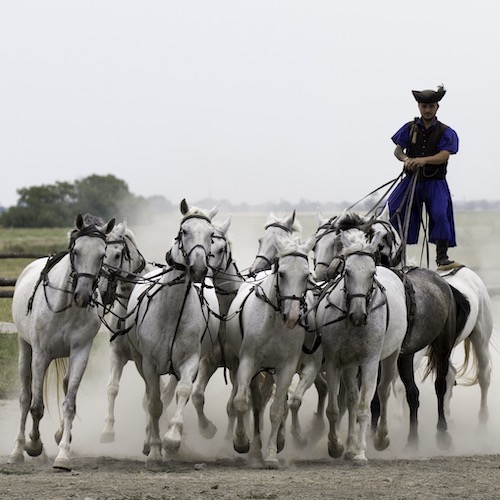
The equipment of the Hungarian horse herdsmen
The clothing and equipment of the Csikós was primarily adapted to their life as horse herders and to the climatic conditions in the Puszta. The professional clothing of the Csikós was tied to special garments, but not all Csikós dressed uniformly. Probably the most famous horse herders in Hungary are the csikós of Hortobágy in their royal blue working costume. The blue clothing used to emphasize their status in society, as not everyone could afford clothing in the royal color blue. It consists of a blue linen shirt and blue wide-cut trousers that allow the wearer plenty of freedom of movement. On his head, the csikó wears the famous tricorn hat, which is usually made of felt or leather. The hat is a symbol of the csikó's identity and protects him from the sun and rain.
The two most important pieces of equipment for a csikó are the whip and the saddle. However, many Csikós also ride without a saddle so that they don't have to carry it around unnecessarily. The whip is not used by the csikós to punish the horses, but serves as an identifying feature for the horses to follow instructions.
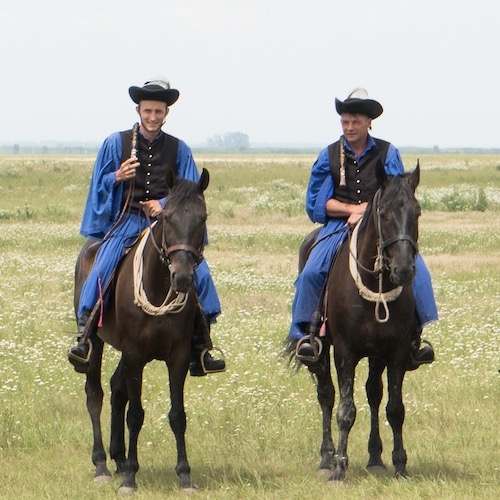
A proud equestrian and horse nation to this day
Hungary is still a horse country today and is known for its horse tradition and horse breeding. The Puszta in particular should definitely be visited by horse lovers on a vacation in Hungary. Here you can not only experience the Csikós, their tradition and working riding style, but there is also an extensive network of bridle paths that invite you to go for long rides.
For working riders of all nations
Here you will find a selection of traditional equipment:
-
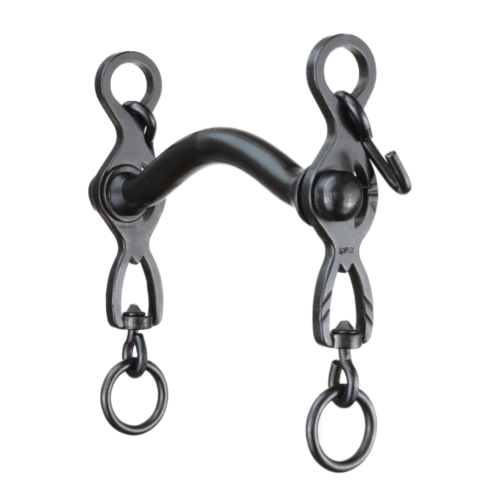 Portuguese training curb bit GIRA Mullen Mouth Sweet Iron with rotating mouthpiece139 € incl. VAT.Contains 19% VAT.plus shippingDelivery time: 1-2 working days
Portuguese training curb bit GIRA Mullen Mouth Sweet Iron with rotating mouthpiece139 € incl. VAT.Contains 19% VAT.plus shippingDelivery time: 1-2 working days -
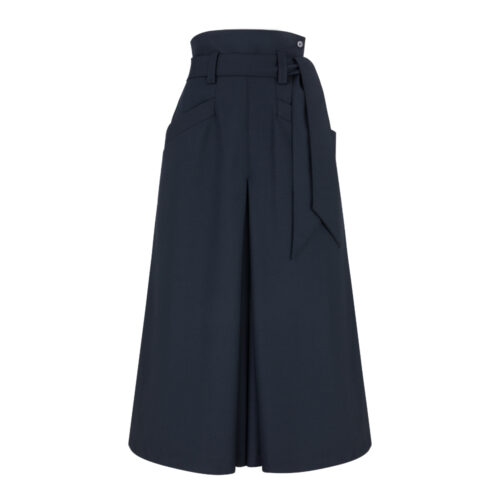 riding skirt HEDY179 € incl. VAT.Contains 19% VAT.plus shippingDelivery time: 1-2 working days
riding skirt HEDY179 € incl. VAT.Contains 19% VAT.plus shippingDelivery time: 1-2 working days -
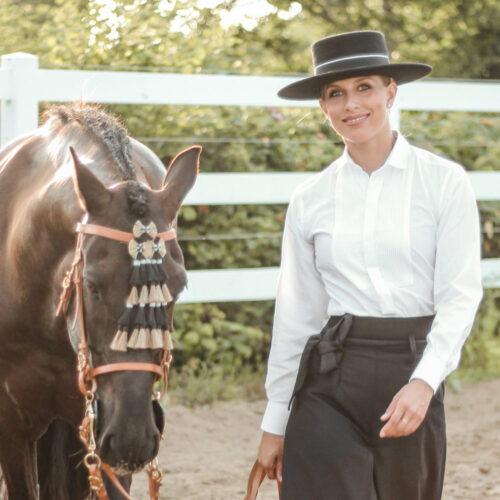 Shirt CAMPO with pleats59 € incl. VAT.Contains 19% VAT.plus shippingDelivery time: 1-2 working days
Shirt CAMPO with pleats59 € incl. VAT.Contains 19% VAT.plus shippingDelivery time: 1-2 working days -
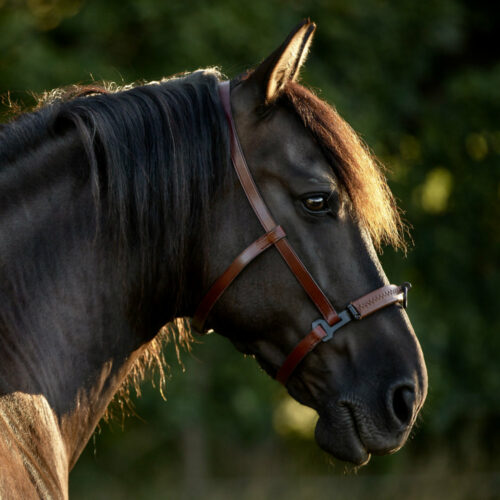 cavesson SERRETA with a ring139 € incl. VAT.Contains 19% VAT.plus shipping
cavesson SERRETA with a ring139 € incl. VAT.Contains 19% VAT.plus shipping -
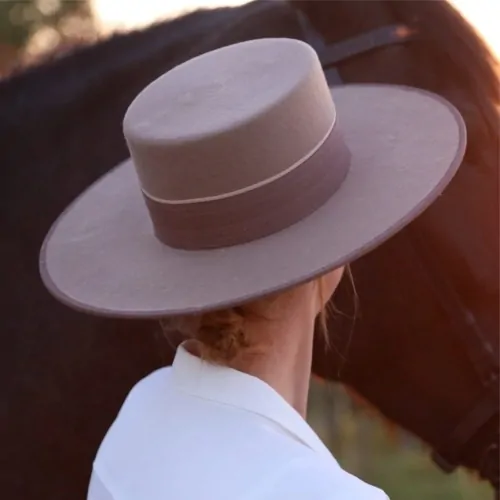 Riding hat CORDOBES99 € incl. VAT.Contains 19% VAT.plus shippingDelivery time: 1-2 working days
Riding hat CORDOBES99 € incl. VAT.Contains 19% VAT.plus shippingDelivery time: 1-2 working days -
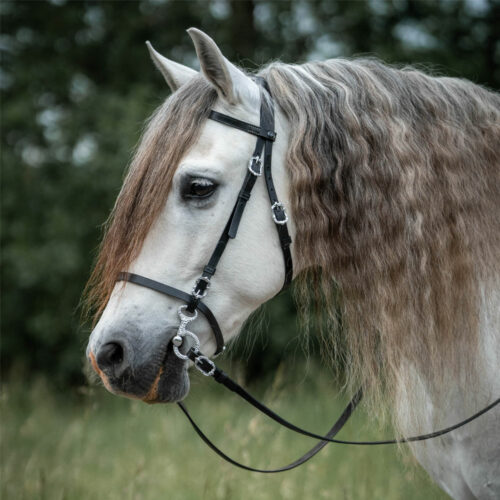 CORELLI bridle169 € incl. VAT.Contains 19% VAT.plus shippingDelivery time: 1-2 working days
CORELLI bridle169 € incl. VAT.Contains 19% VAT.plus shippingDelivery time: 1-2 working days
Tips from the Picadera community
